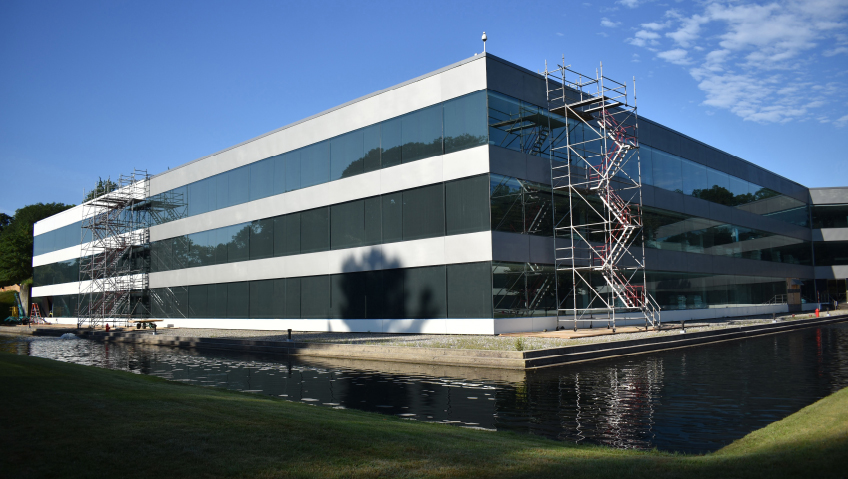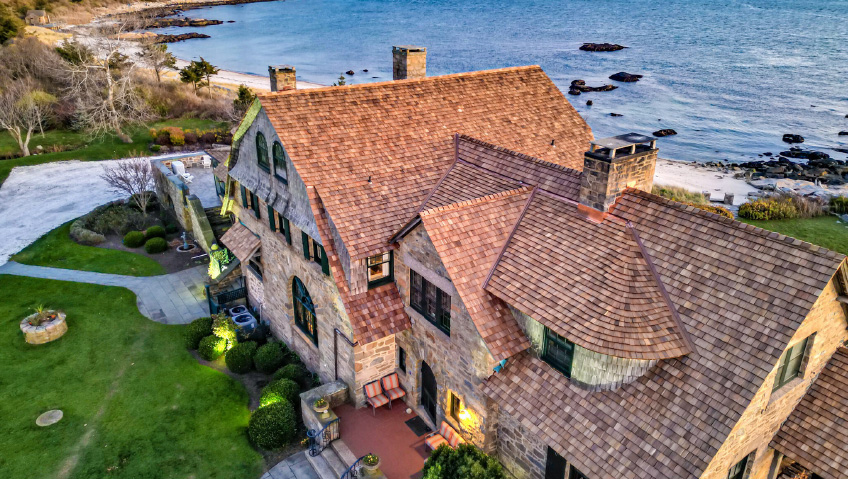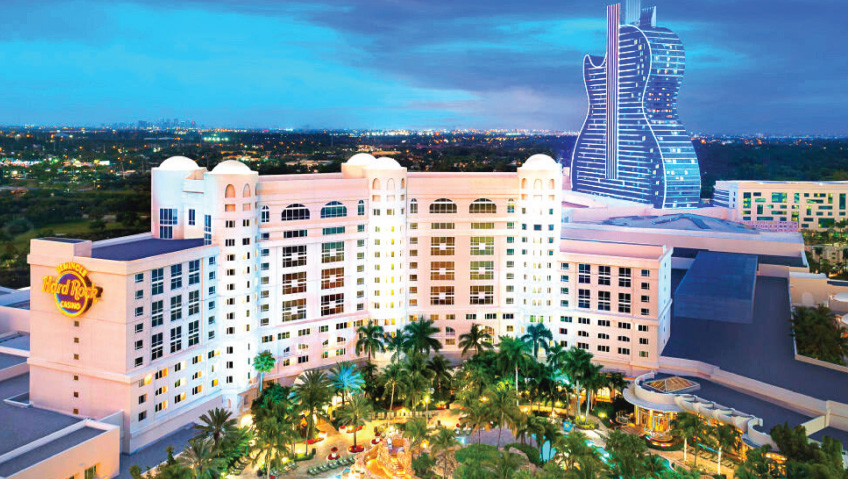Thousands of years ago, early Europeans perceived that classic quality is timeless, and nowhere is this more evident than in the preservation of the beautiful building materials and exquisite finishes of the continent’s historic buildings.
Now, growing numbers of North Americans are adopting the concept by choosing to preserve rather than replace the top-quality architectural surfaces of iconic buildings with much life left in them.
Spurred by its commitment to preserve such finishes on monuments, statues, building interiors and exteriors, and more, Stuart Dean is at the forefront of innovation in restoring, refinishing, and reviving superb original materials and craftsmanship in ways that extend beauty and function for generations to come. One could say that bringing such finishes back to life is the love of this company’s life.
Making quality timeless
While the Stuart Dean team does subscribe to keeping public spaces fresh and up to date, its strong sense of style stewardship maintains that qualité intemporelle—timeless quality—should be protected rather than sacrificed. Obviously, there are a number of pros to this approach.
On one level, managers and owners of well-designed buildings are better off taking care of the style envisioned by its original creators for the sake of provenance. Keeping original finishes intact means honoring the history and legacy of buildings constructed with a strong design ethos. From another angle, owners save money by avoiding ripping out the original wood and stone only to replace it with materials—sometimes sub-standard—at exorbitant cost, by choosing to restore.
Restoration also means that the surrounding surfaces and spaces are protected from potential damage, as replacing or retrofitting is an invasive process. Furthermore, materials left in situ are materials left out of landfills.
Beyond these advantages, customers benefit from knowing that the company thoroughly tests all its products and processes in-house before using them in the field. The team also ensures that these are the most environmentally friendly formulations possible, making it clear that it has its priorities straight.
With decades of experience, the team at Stuart Dean with its nationwide presence knows that, while too much patina can leave a surface looking tired and dated, there is very little that expert restoration cannot remedy. “These days there’s a lot of sentiment toward replacement when really there are many advantages to leaving items in situ, restoring them, and maintaining that desired aesthetic,” says Nick Oceanak, Director of Façade Restoration.
As a seasoned restoration contractor, the company has extensive experience in working on buildings that remain fully operational while renovations are underway, which often means working after hours to render surfaces like floors looking brand new. Refurbishing older materials gives the Stuart Dean team great joy as neither metals (brass, bronze, copper, and aluminum) nor other materials are always made in the same manner as in times gone by.
Starting at the top
Founded in 1932 by New York entrepreneur, Edward Joseph Degan, the company pioneered many restoration processes after landing its first job at the Empire State Building. “Our founder employed a formulation by DuPont which he realized could be useful in that situation,” says Harold Pandian, Director of Marketing and Sales Administration. This first job set the tone for the company’s future.
Today, the company prides itself on returning not only original elegance but also cost and time savings in an effective, considerate, and timely manner. That said, a deciding factor in everything it does is all-around safety. Respecting its staff and its customers in this regard is second nature.
“Our people are true craftsmen. We do things that people can’t replicate,” says Dan Wukitsch, Senior Vice President of Sales, describing the genuine sense of enthusiasm that this team of field experts exudes.
Most of the team’s success in accomplishing these complex restoration projects comes from their considerable product knowledge and nuanced extensive experience. The firm frequently finds itself partnering with chemical and coating manufacturers for the precise formulation it needs but which isn’t available in the marketplace.
Proprietary products
One such novel product is a tremendously strong clear coat that survives all weather conditions in exterior use for up to half a decade. By reverse engineering traditional clear coats, one of Stuart Dean’s development partners came up with a genuinely unique product low in volatile organic compounds (VOCs) unlike anything else in its class.
This proprietary polysiloxane is a new version of traditional clear coats, developed to provide increased durability while being easy to handle and compatible with surrounding materials. It can be applied to stainless steel, treated steel, and copper substrates, as well as over physical vapor deposition (PVD) factory-applied or anodized aluminum.
Alongside such fruitful product collaborations, Stuart Dean has gained certified applicator status by product manufacturers. “Being a certified applicator of certain products gives customers a greater sense of assurance and confidence in the work that we do,” says Pandian.
There are also water-based applications that offer unheard-of pigment stability. Thanks to the smaller radius of the atoms in fluorine, their bond with larger carbon atoms is known for being one of the strongest chemical bonds in organic chemistry. This powerful bond results in tremendously high UV, chloride, and other chemical resistance.
Once this quick-dry product is fully cured—around 25 days—it displays unmatched durability compared to other products in this class. The company also recently introduced a product that prevents stains on marble countertops.
In these contexts, certification does not equate to being awarded a piece of paper acknowledging the relationship between the client and the manufacturer; instead, field staff qualify through internal training in substrate treatment, application methods, and environmental aspects when handling the product before being permitted to apply the product in the field. This means that the company’s craftsmen are well-versed in removing and reapplying coatings while protecting the integrity of substrates, a process that’s not always as straightforward as it may appear.
Here, the removal and reapplication of products is a serious matter, as many outfits claim that product removal is not an important consideration for them. “We know, having dealt with coatings since 1932, that there is no product that lasts forever outside,” says Oceanak of the promises made by some in a similar field of work.
A top team
The coatings the company applies are so good they have earned it industry accolades over the years. In 2022, at a prestigious ceremony held at the AMPP Annual Conference + Expo in San Antonio, Texas, CoatingsPro Magazine named the company winner of the Specialty Project, sponsored by APV Engineered Coatings, for its project on a federal building in Los Angeles, California. At the same time, it also received the Work it Safe award for its high safety standards.
And no wonder, either, as Stuart Dean has inspectors who focus only on ensuring that these standards are maintained. Field personnel are also thoroughly trained to couple coatings with substrates correctly. “Our people make us proud. It’s nice to walk past something that Stuart Dean has worked on,” says Oceanak, noting that the team takes tremendous pleasure in its work, making every job a memorable experience for the client.
This sense of integrity is woven into everything this close-knit group does. “We’ve done a great job of maintaining that family environment. We serve our customers with integrity. To this day, our business is built on referrals,” says Wukitsch, highlighting that the company’s reputation and sense of family were built on quality work and outstanding customer care.
With a median tenure of around 14 years, staff enjoy being here and benefit from ongoing professional development. For customers who value quality, it is reassuring to learn of the firm’s reach, completing projects throughout North America and beyond. For those who own several buildings across the region and elsewhere, and having trustworthy people invested in consistent, ideal outcomes is a significant differentiating factor for Stuart Dean.
Facing challenges
The company’s work does not only focus on restoring historic legacy buildings and monuments, however. The company’s clients all have particular needs. For those in hospitality, their guests’ needs for cleanliness and a visually pleasing environment take precedence, whereas in commercial real estate and class-A office spaces overall, long-term comfort leads the way. The firm also works in new construction where finishes can get damaged and must be corrected before delivery. In all cases, however, restoring aesthetics is the main aim.
While all projects are interesting in their way, many are also uniquely challenging—like figuring out how best to overcome the complexities of sophisticated panel systems in need of restoration on a New Jersey medical campus the company recently took on.
Comprising several buildings covered in thousands of panels, of which only around 10 percent were damaged, the sheer complexity of each panel’s unique position within the greater matrix meant that repainting was the smarter option. This saved the institution a significant amount of time, money, and above all, frustration.
Also included amongst Stuart Dean’s prestigious projects are numerous sculptures. One of these is Cloud Gate, a landmark sculpture on Grainger Plaza in Millennium Park in Chicago, Illinois. Affectionately known as The Bean, this stainless steel-clad structure was created by Indian-born British artist Anish Kapoor.
There is also ‘Bewitched,’ a sculpture in Salem, Massachusetts, in honor of the 1960s sitcom of the same name.
The team has carried out restoration work on surfaces as diverse as elevator interiors and antique church pews in the Church of Saint Francis Xavier, New York, NY. There was the WWII memorial and the Ronald Reagan building in Washington, DC, as well as a national chain legacy restaurant, once a favorite of President John F. Kennedy. The Little Tavern, another hit from the ’50s and ’60s, now also counts amongst its long list of proud projects.
Looking at the company’s next era, Wukitsch reflects on the inevitability of change. For him, the excitement of the challenges that need to be met on behalf of customers is the driving force behind innovation. One such modern product that will need refurbishment in the future is the aluminum panels currently in vogue for use in building envelopes. According to Oceanak, the finishes on these panels are typically guaranteed for two to three decades, after which the company’s advanced coatings will be needed to extend the aesthetic and lifespan of these systems.
After all, as styles change, materials change. All while Stuart Dean, of course, remains current.






